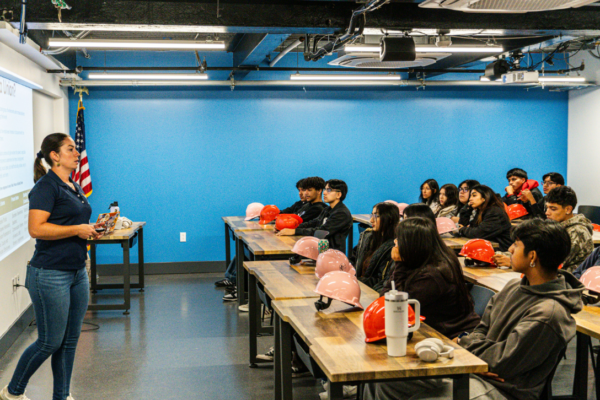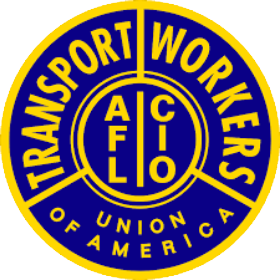September 17, 2013
By Oren M. Levin-Waldman
The Great Recession which began with the financial meltdown in 2007 not only resulted in massive job loss, long-term unemployment and rising income inequality, but a decrease in civic participation. This decline in civic participation was even more pronounced in the New York City Metro area where income inequality has been even higher than in the rest of the nation.
In his classic book Bowling Alone, Robert Putnam argued that democracy requires the development of social capital, which only comes about through the active participation in the various activities and organizations that make up our civil society. Civic engagement has generally been in decline in the U.S., but if even fewer people have been participating due to the effects of the Great Recession, then not only is our economic welfare at stake, but so too is the health of American democracy.
As the nation was plunged into recession between 2008-2010, participation in civic affairs decreased. Those least likely to participate in civic affairs are in households earning no more than $30,000 a year. Those most likely to participate are in households earning more than $100,000 a year. Even moving from a below $30,000 a year household to a $30,000 to $60,000 a year household improves civic engagement dramatically. But participation during this time period was even worse in the New York City Metro area, especially among low-income households, than it was in both the rest of New York State and the U.S.
Data from the Current Population Survey shows that income inequality not only has been higher in the New York City Metro area, but that the growth in income inequality has also been greater in the metro area. Between 2008-2009, income inequality in the New York City Metro area rose by 10.7 percent compared to 9.3 percent in New York State and 3.3 percent in the U.S. Inequality did decrease from 2009-2010 perhaps because more people at the top of the distribution appeared to be affected, especially in the finance sector, than in other recessions; not because there were tremendous gains among those at the bottom. To substantially reduce income inequality, the gains among the bottom must be at a higher percentage than the gains among the top. Consider that even though the average income of the bottom fifth ($12,153) in 2010 rebounded from 2009 ($11,544), it was still 1.6 percent less than it was in 2008 at $12,354. And yet, although the average income of the top fifth dropped 2.6 percent from $226,071 in 2009 to $220,983 in 2010, it was still 1.6 percent higher than it was in 2008 at $218,443.
Those in low-income households in the New York City Metro area, where income inequality is greater, are participating less than in both the U.S. and New York State. Although civic engagement has declined, particularly for those at the bottom of the income distribution, there are other variables to consider as well. For instance, older and married people are more likely to be involved in school groups, civic organization, and religious organizations. Those in high-income occupations are more likely to visit public officials and at times be involved in civic organizations. Those in high-income households were most likely to be engaged on all these measures, especially at the beginning of the recession in 2008, although less so as the recession deepened in 2009.
Although those in low-income households are highly unlikely to be civically engaged than those in high income households, being in a high income household was actually less of a factor as the recession deepened. In fact, the principal determinant of whether one was likely to participate was the income level of one’s occupation. That is, those in occupations where they are paid well are more likely to be civically engaged. And those who are least likely to be civically engaged are those earning the minimum wage
These trends would appear to imply that if the incomes of those at the bottom of the distribution were to rise, perhaps through some type of wage policy, not only would income inequality decrease, but civic engagement would increase. These trends in civic engagement are also occurring in both the U.S. and New York State, but because income inequality continues to be higher in the New York City Metro area, a wage policy of some type is perhaps even more imperative in the metro area. One thing which is certain is that if these trends continue where the only groups likely to be civically engaged are those at the top of income distribution, public policy will only reflect more and more the preferences of those at the top. Many of those at the bottom may have already opted out because they feel the system in unresponsive to their needs. Among the great casualties of income inequality is public trust. A political system that responds more to those at the top than those at the bottom only succeeds in eroding that trust further. This is hardly a recipe for a healthy democracy.



